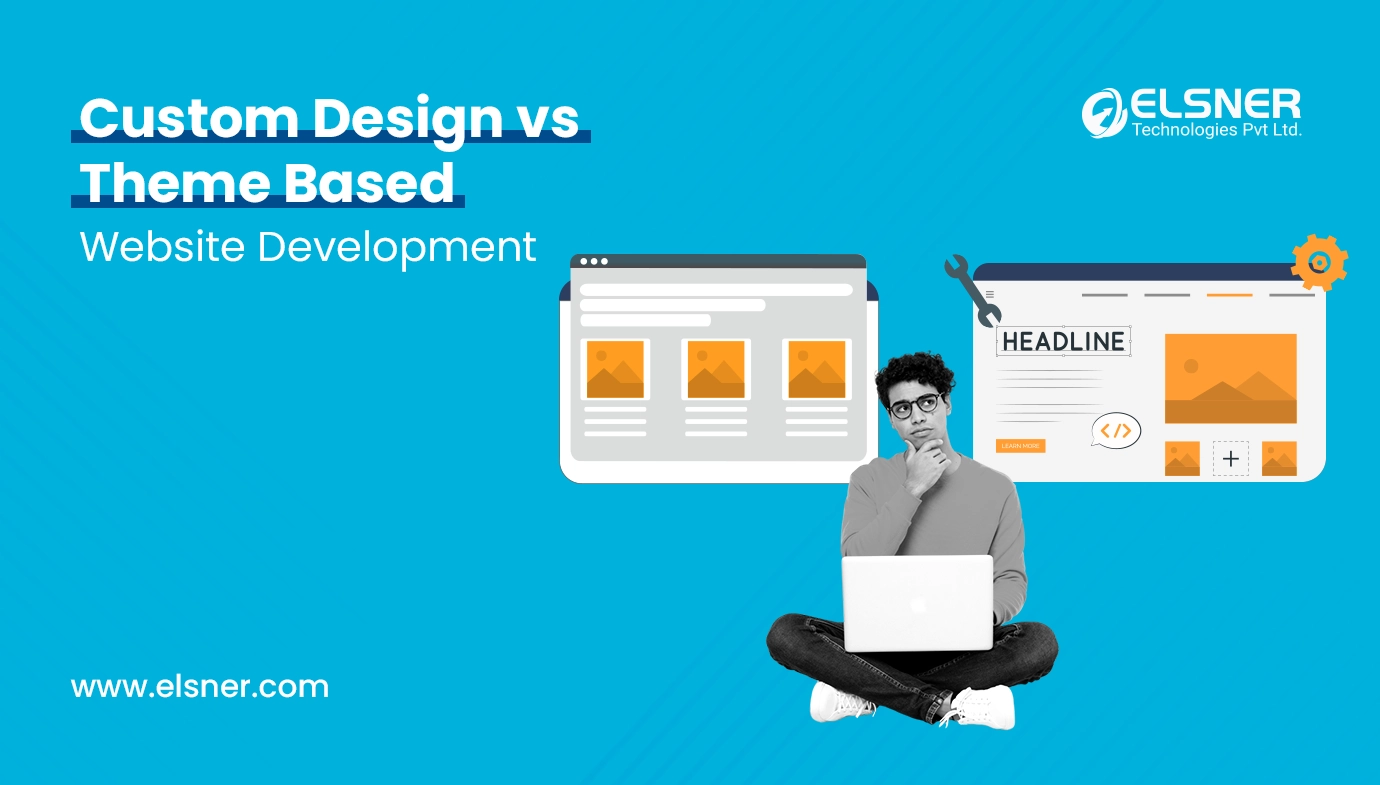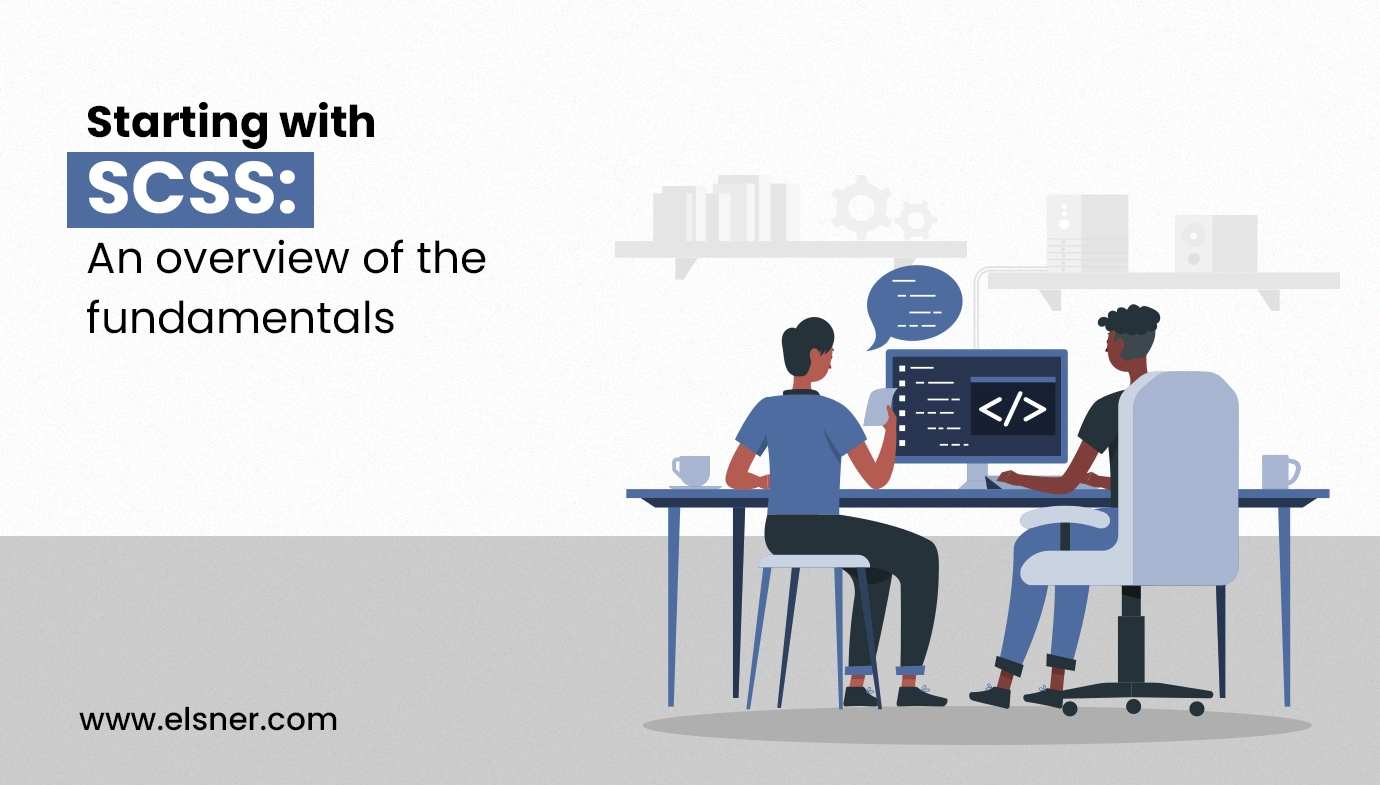Why is user research important for design? How can you make better decisions after detailed user research?
User research helps gathers information about users’ needs, behaviors, and preferences to improve the design and functionality of products, services, or experiences.
It aims to better understand the target users and their requirements so that designers and developers can create user-centered products that meet their needs.
It is a known fact that Good Preparation Leads to Good Data, and Good Data Leads to Good Results.
What Are The Two Phases Of UX Research?
UX research involves two main phases:
- Gathering
- Synthesising
In the first phase, researchers focus on gathering information about the project requirements from stakeholders and learning about the needs and goals of the end users. This can be completed through various methods, such as conducting interviews, collecting surveys, observing prospects or current users, and reviewing existing literature, data, or analytics.
In the second phase, researchers analyze and synthesize the data gathered to identify patterns, insights, and opportunities for improving the usability of the product or service. This may involve creating user personas, journey maps, and other design artifacts that help to inform the design process.
What Are The Different Research Methods?
[Source: https://bit.ly/3Q17BPE]
Quantitative Research
This type of research focuses on gathering and analyzing numerical data to answer research questions and test hypotheses. This data can be collected through surveys, experiments, and other numerical measurement methods. Quantitative research is often used in social sciences, marketing, and psychology to gather statistical information and make data-driven decisions.
Here are a few types of quantitative research that are popular:
- Quantitative Usability Testing (Benchmarking)
- Web Analytics (or App Analytics)
- A/B Testing or Multivariate Testing
- Card Sorting
- Tree Testing
- Surveys or Questionnaires
- Clustering Qualitative Comments
- Desirability Studies
- Eyetracking Testing
However, quantitative research can sometimes fail to understand a phenomenon or situation completely. For example, while quantitative research can provide a snapshot of a user population, it may not always capture the full complexity of human behaviour or motivations. Qualitative research methods, like interviews or focus groups, can be useful in providing a deeper understanding of the context and meaning behind quantitative data.
In summary, while quantitative research is a valuable tool for providing factual data, it is important to recognise its limitations and consider complementary research methods to provide a more comprehensive understanding of a phenomenon.
Qualitative Research
This involves gathering and analysing non-numerical data, such as observations, interviews, and open-ended survey responses. It aims to understand complex phenomena and explore individuals’ or groups’ subjective experiences, attitudes, and perceptions. Qualitative research can generate rich and nuanced insights that quantitative research cannot capture. It can provide a deeper understanding of the context and meaning behind people’s behaviours and beliefs.
Qualitative research can be divided into five types:
- User Interviews
- Field Studies — Direct Observation
- Field Studies — Contextual Inquiry
- Diary Studies
- Focus Groups
Therefore, qualitative research is an essential tool for gaining a more comprehensive understanding of human behaviour and experiences, and it complements quantitative research in many ways. Qualitative and quantitative research are both valuable and have their strengths and weaknesses. When you deal with custom web design services, they will help you select an appropriate research method depending on your objectives.
What Is The Structure Of User Research?
Developing a research plan is crucial to ensure the research process is structured and effective. Here is an outline of a typical user research plan:
- Objectives: Begin by outlining the primary objectives of the research. These objectives should be specific, measurable, and aligned with the identified assumptions from the discovery stage.
- Questions: Develop a list of research questions to help answer the objectives. These questions should be open-ended and focused on understanding the user’s needs, behaviours, and motivations.
- Participants: Define the target audience for the research, including their demographics, behaviours, and motivations. Identify the ideal number of participants needed to achieve the research objectives.
- Methods: Choose the research methods that will be used to collect data, such as surveys, interviews, usability testing, or observation. Ensure the chosen methods are appropriate for the research objectives and the target audience.
- Data Analysis: Outline the process for analysing and synthesising the data collected from the research methods. Identify the key metrics or indicators that will be used to measure success.
- Timeline: Create a timeline, including milestones and deadlines for each stage of the research process
- Budget: Estimate the budget required for conducting the research, including expenses related to recruiting participants, compensation, and research tools.
- Risks and Mitigation: Identify any potential risks or challenges that may arise during the research process and develop mitigation strategies.
- Roles and Responsibilities: Define the roles and responsibilities of the research team members, including the project manager, researchers, and participants.
- Ethics and Compliance: Ensure the research plan complies with ethical guidelines and regulations for conducting research with human subjects.
By developing a comprehensive research plan, you can conduct user research aligned with the project’s goals, effectively addresses the identified assumptions, and generates actionable insights.
How To Plan A One-page Document For Your User Research?
Consolidating the Research Plan in a one-page document can help in various ways.
- It forces the team to prioritise and identify the most critical questions and assumptions to be validated in the research initiative. This helps ensure the research stays focused and aligned with the project goals.
- A one-page document is easy to understand and communicate with stakeholders. It provides a clear overview of the research initiative, its purpose, and the target user, making it easier for stakeholders to understand and approve the project.
- A concise document makes it easier to keep track of the project timeline, budget, and method. It helps to ensure that the team stays on track with the plan and can identify any potential roadblocks or issues during the research execution.
- A one-page document provides a framework for the research project, which can help to ensure that all team members are on the same page and working towards the same goal. This can help to reduce misunderstandings, improve collaboration, and increase the chances of success for the research initiative.
Conclusion
Now, you have information about the important elements of user research for providing a smooth user experience on your platform. We have experts with great experience in multiple industries to provide the ideal UX for your business and target audience.
It becomes essential to have strong support when scaling your business and to boost customer retention, which is easy with a smooth UX.





